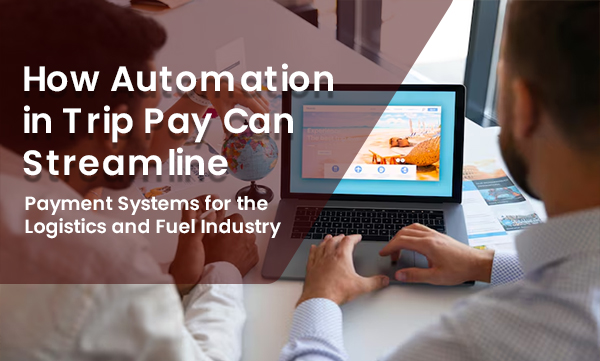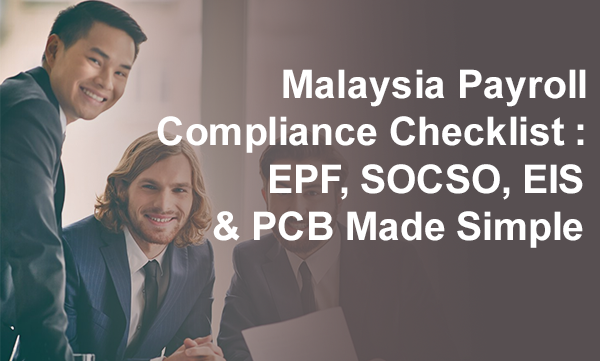
How Automation in Trip Pay Can Streamline Payment Systems for the Logistics and Fuel Industry
In industries like logistics and fuel delivery, managing employee salary & compensation for trips can be complex, especially when deliveries span across different regions with varying pay rates. Traditionally, this process was done manually, leading to errors, discrepancies, and a significant amount of time spent calculating and reconciling trip payments or monthly salary.
However, as businesses continue to look for ways to optimize operations and reduce manual tasks, the integration of Automated HR systems is proving to be a game-changer. HR2eazy's Trip Pay Automation is helping companies in the logistics and fuel industries streamline their compensation process, making it faster, more accurate, and more transparent.
The Challenge: Complex Trip Compensation
For delivery drivers in industries like fuel supply, compensation is often based on multiple factors. Drivers typically receive a base salary, plus an additional amount for each delivery depending on the destination. For example, deliveries to different states may warrant different pay rates, and managing these varying rates can quickly become cumbersome, especially when drivers are making multiple deliveries in a single day.
In the past, companies had to rely on manual tracking to determine how much each driver should be paid, based on their destinations and delivery completion times. This approach not only led to frequent errors but also took up valuable time that could have been spent elsewhere in the business. Additionally, drivers were required to send WhatsApp images as proof of delivery, which led to inefficiencies in tracking the delivery data, manual checks, and delays in payment processing.
The Solution: Trip Pay Automation
HR2eazy’s Trip Pay Automation feature helps logistics and fuel delivery companies automate the entire payment process. By integrating the trip details into the HRMS system, companies can set up automatic payroll calculations based on the distance traveled or destination, ensuring that each driver is compensated fairly according to the delivery terms.
Here’s how it works:
Automatic Payment Calculations: When a driver begins their delivery, the system tracks the route and destination. The pre-set pay rates are automatically applied based on the location of the delivery.
Photo Verification: At each key checkpoint, the driver takes a photo (e.g., at the delivery point or upon return) to trigger the system to log the delivery’s completion. This ensures that the process is transparent and that drivers are only paid for completed deliveries.
No Need for WhatsApp Image Proof: Previously, drivers had to send WhatsApp images as proof of their deliveries. However, with HR2eazy’s automated tracking and verification system, this manual process is eliminated. The system now handles the verification automatically, logging deliveries based on the pre-set compensation details without requiring additional manual confirmation from employees.
Seamless Integration with Payroll: Once the trip is complete, HR2eazy’s system automatically calculates the total pay for the driver and integrates this data directly into the payroll system for streamlined processing.
The Benefits: Accuracy, Efficiency, and Transparency
For companies in the logistics and fuel industries, the Trip Pay Automation feature brings several notable benefits:
Improved Accuracy:
Automation eliminates manual errors in trip payment calculations, ensuring drivers are paid correctly for each delivery. The elimination of WhatsApp images further streamlines the process, ensuring that the tracking and verification are accurate without delay.
Time-Saving:
The system saves significant time that would otherwise be spent on manual tracking, calculation, and reconciliation. HR departments can now focus on more value-added tasks, such as employee development or operations strategy.
Cost Reduction:
By automating the payment process, companies can reduce administrative costs associated with payroll processing and avoid overpaying drivers due to manual errors. The removal of WhatsApp image verification further reduces time spent on administrative work.
Greater Transparency:
The integration of photos, location tracking, and automated verification provides clear documentation for both HR teams and drivers. This ensures that each trip is properly recorded and compensated, eliminating disputes over payment or delivery accuracy.
Scalability:
As the company grows and the number of deliveries increases, HR2eazy’s Trip Pay Automation system scales with the business. New locations or trip structures can be easily incorporated into the system without the need for complex adjustments.
Why Automation Matters for the Logistics and Fuel Industry
The logistics and fuel industries rely heavily on an efficient workforce , and ensuring that drivers are compensated accurately and on time is essential for maintaining employee satisfaction. When payment processes are slow or prone to errors, it can lead to dissatisfaction and increased turnover.
Automating compensation not only improves operational efficiency but also helps businesses maintain stronger relationships with their employees, as drivers feel more confident that they will be paid fairly for their work. Additionally, reducing errors in payments means fewer disputes and better overall employee retention.
Conclusion:
HR2eazy’s Trip Pay Automation feature is transforming the way companies in the logistics and fuel industries manage trip-based compensation. By automating the process, businesses can ensure accurate, timely, and transparent payments to their drivers, all while saving time, reducing administrative costs, and improving overall employee satisfaction.
The integration of automated tracking, the elimination of the WhatsApp proof requirement, and seamless payroll integration further enhance the efficiency and transparency of compensation processes. As industries evolve and become more data-driven, the need for efficient and automated HR systems like HR2eazy will only continue to grow, helping businesses meet the demands of a dynamic workforce.


